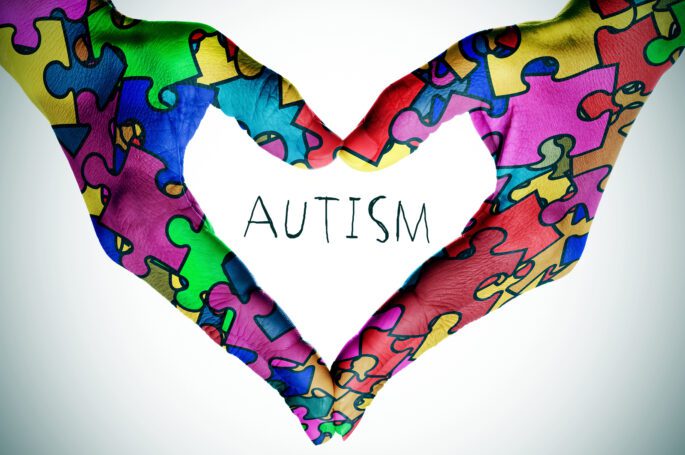Autism is a complex neurodevelopmental disorder that affects communication, social interaction, and behavior. It is estimated that 1 in 36 children in the U.S. is diagnosed with autism spectrum disorder (ASD), according to 2020 data reported by the CDC. Boys are four times more likely to be diagnosed with autism than girls.
Although autism can be reliably diagnosed as early as age 2, most children are still being diagnosed after age 4. This highlights the importance of early intervention, which has been shown to improve learning, communication, and social skills, as well as underlying brain development. Applied behavior analysis (ABA) and therapies based on its principles are the most researched and commonly used behavioral interventions for autism. Many children affected by autism also benefit from other interventions such as speech and occupational therapy.
While autism affects all ethnic and socioeconomic groups, minority groups tend to be diagnosed later and less often. This delay in diagnosis can affect access to appropriate interventions and supports. Therefore, it is essential to raise awareness and understanding of autism in all communities to ensure timely diagnosis and access to services.
The causes of autism are not fully understood, but research indicates that genetics are involved in the vast majority of cases. Children born to older parents are at a higher risk for having autism, and parents who have a child with ASD have a 2 to 18 percent chance of having a second child who is also affected. Studies have also shown that among identical twins, if one child has autism, the other will be affected about 36 to 95 percent of the time. In non-identical twins, if one child has autism, then the other is affected about 31 percent of the time.
Over the last two decades, extensive research has asked whether there is any link between childhood vaccinations and autism. The results of this research are clear: vaccines do not cause autism.
Autism can also be associated with a range of medical and mental health conditions. For instance, as many as one-third of people with autism have epilepsy, and more than half of children with autism have one or more chronic sleep problems. Anxiety disorders affect an estimated 11 to 40 percent of children and teens on the autism spectrum, and depression affects an estimated 7% of children and 26% of adults with autism.
Autism is also associated with challenges in daily function, such as developmental regression, where the child loses previously acquired skills, and wandering or bolting, which affects nearly half of those with autism. Nearly two-thirds of children with autism between the ages of 6 and 15 have been bullied, and nearly 28 percent of 8-year-olds with ASD have self-injurious behaviors such as head banging, arm biting, and skin scratching.
Caregivers and families of individuals with autism face significant challenges as well. On average, autism costs an estimated $60,000 a year through childhood, with the bulk of the costs in special services and lost wages related to increased demands on one or both parents. Mothers of children with ASD, who tend to serve as the child’s case manager and advocate, are less likely to work outside the home and earn significantly less than mothers of children with no health limitations or other disabilities.
In adulthood, many young adults with autism face significant challenges in finding employment and accessing healthcare transition services. More than half of young adults with autism remain unemployed and unenrolled in higher education in the two years after high school. Furthermore, the cost of caring for Americans with autism had reached $268 billion in 2015 and would rise to $461 billion by 2025 in the absence of more-effective interventions and support across the life span.
In conclusion, autism is a significant public health concern that affects many individuals and families.





